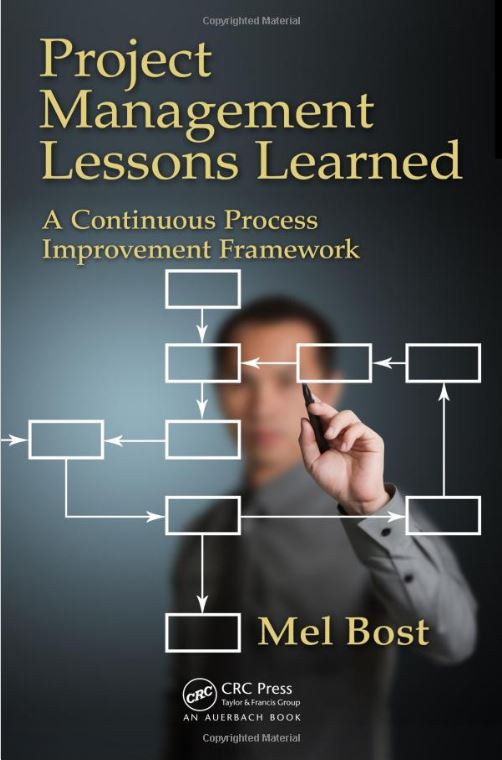Two weeks ago I presented a program to my weekly luncheon networking group, the Tulsa Business Alliance. Over the last several years, I have noticed that many people, including some members of my luncheon networking group, have been reluctant to participate in the “social media” revolution. I believe the reason for this is that they do not fully understand how they fit in or can participate in the “social media” phenomenon as we know it today. So, I wanted to identify and clarify some “roles” they could take on in the new social media environment. My program title was “How Social Media Can Be Used to ‘Obtain Information’ or ‘Provide Information’ in Today’s World.”
In essence, that is what social medial allows us to do–to provide information to others, and to obtain information for ourselves to facilitate our lives and our processes. As a framework for the discussion, I chose an Engagement Pyramid or Model that Charlene Li presented in her book Open Leadership: How Social Technology Can Transform the Way You Lead. An Engagement Model describes the various “roles” a person can take on with regard to “subjects of interest” or “communities of practice.” The social media this is directed at can be “.com” sites, Facebook, LinkedIn, Twitter or others.
After the presentation, I reflected on the feedback and questions from the network group. It was then that I realized that this Engagement Model could also form the basis for a self development framework for project managers. Was that a stretch or a valid observation?
Let’s examine this Engagement Model by Charlene Li to see how it fits the bill as a self development framework for project managers.
Certainly project managers seek to “obtain information” and “provide information” to the larger environment at hand and they are particularly interested in project management as a “subject” and the project community as a “community of practice.”
The levels of Charlene Li’s Engagement Model in ascending order are Watching, Sharing, Commenting, Contributing, and Curating.
Charlene Li’s Engagement Model shows that, at the lowest level of engagement, individuals “watch” events and read materials on media sites as a means of understanding the environment and obtaining information on subjects they are interested in. Sites such as “projectmanagement.com” are particularly good for “watching” because they provide numerous articles on project processes, methodologies, project competencies, etc. So a first level of project manager self development would be to “watch” and read many sources of project information in the media.
The second level of engagement according to the model is “sharing.” In sharing project information through emails or other media, a project manager begins to decide what is relevant to the larger project community from his own experience and he also receives information through sharing which outlines others perspectives on project issues and competencies.
The third level of engagement is “Commenting.” It means that a project manager has read an article or a blog post or some reference material and wishes to comment on the content or material presented. It also means that the project manager has formed some “position” with regard to the particular subject matter and is willing to defend his position as feedback to the source providing the original medial information. In this regard, a good example might be a project manager reacting to a PMBOK process as specified and, based on his experience in that area, he wished to provide some comment on the subject.
The fourth level of engagement is “Contributing.” Project managers who contribute to media information on project or other subjects generally have broad experience in the pros and cons of actions in that area, the insights from experience in projects and the willingness to put their opinions and positions on the line in on-line media for all to digest, ponder and comment on. Everyone is an “expert” in some area of their discipline or interest and contributing is a gesture of a project manager who wants to “gone on record” with his observations and insights.
The fifth level of engagement is “Curating.” Charlene Li says that less than 1% of a population takes part in curating. Curating implies that the project manager wants to take on a role of setting standards for project management and processes, of monitoring the content of social media in a subject matter area, and making judgments concerning the appropriateness of the material to the subject. At this level, a project manager must have a genuine interest in furthering the literature of project management.
As a self development framework for project managers, the Engagement Model can be broadly interpreted in terms of “roles” a project manager can and should take on in his or her progression in the project community.
I hope this explanation has made it clear about how a project manager can pursue self development using the Engagement Model. Certainly formal course work and individual study fits into any development plan for a project manager seeking to develop himself or herself fully in the project community. But the Engagement Model, if thought of in simple terms of how to “provide information” and “obtain information” in the media can provide a very flexible and actionable plan of development for oneself in projects.
For project managers who are still grappling with this concept, I would suggest you use the “.com” site below to get started. “Projectmanagement.com” is the site for the on-line IT project community and provides an opportunity for each of the “roles” described above to be exercised and better understood.
http://www.projectmanagement.com/
For example, a project manager can join “projectmanagement.com” as a community member, read and comment on articles on the site, contribute original articles on project management subjects of interest, share information and insights through comments and blogs and answers to Discussions, and generally create their own “active roles” with regard to the community.
As a self development exercise, using Charlene Li’s model is an excellent way for project managers to progress from neophytes to skilled project practitioners.
Thank you.

Leave a Reply